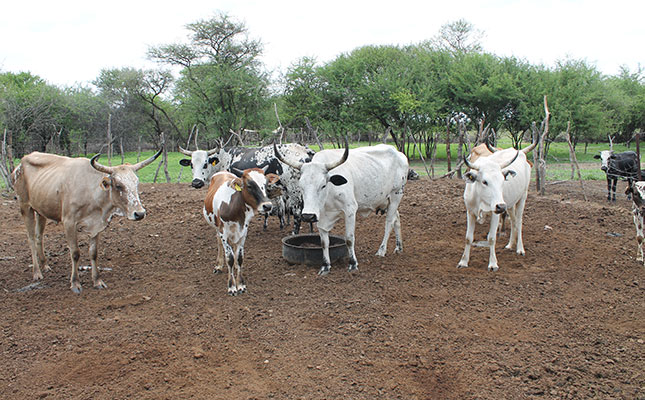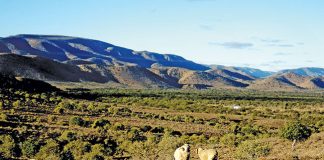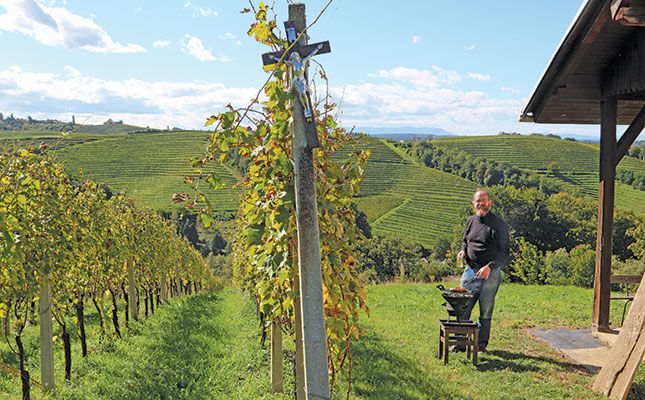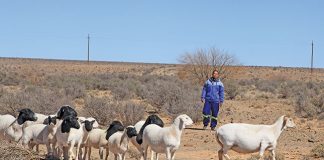
My research in the former Ciskei region of the Eastern Cape shows vast differences in income between the communal and commercial livestock farming sectors.
In a communal area of some 100 000ha, comprising about 45 rural villages, the livestock farmers earn roughly R400 million less a year than commercial farmers operating in an area of the same size and with similar grazing.
READ Farming successfully on communal land
This is due to many factors, including low lamb weaning rates, lower prices obtained for meat and wool, and excessive input costs such as winter feed.
To use just one example from sheep production, it has been shown that in an average commercial setting, more than 80 lambs survive per 100 ewes, while in an average communal setting, only 30 lambs survive per every 100 ewes.
That’s 50 fewer lambs! At a price of R1 800 to R2 000 for a fat lamb or breeding lamb, it means a loss of up to R100 000 for the communal sheep farmer.
Tackling the challenges of communal farming
The following problems are found in many communal farming areas. As can be seen, there are straightforward solutions to all of these challenges:
- No grazing plan or method
Uncontrolled grazing leads to overgrazing and an ever-degraded natural environment increasingly unable to support livestock. This vicious circle leads to thin, immuno-compromised animals more prone to opportunistic diseases and parasite infestation.
There is little excuse for uncontrolled grazing. Even if the communal area has no fenced camps, dedicated herders organised by the community can work with the animals and keep them grazing in the chosen areas.
READ Regenerative grazing: realising maximum sustainable profit/ha
- Lack of key infrastructure
This includes water facilities such as troughs, facilities for handling and loading the animals, and dedicated areas to exclude male animals. Without proper handling facilities, it is extremely difficult to vaccinate or treat livestock. Without proper loading facilities, it is near-impossible to access markets or get reputable livestock buyers to come and buy your livestock. And without camps to isolate bulls and rams, you cannot implement breeding programmes so that calves and lambs are born in early summer rather than winter. - No uniform offspring
By not having set breeding seasons, you end up with calves and lambs being born throughout the year. This makes it very difficult to sell to feedlots, because feedlots want calves of similar type, age and weight. You cannot achieve this without a feasible breeding plan.
READ Livestock basics: Planning and implementing a breeding season
- Health protocols for all
Vaccination and parasite control programmes cannot only be undertaken by a few farmers in the village, because the livestock of those who don’t bother with these practices will keep re-infecting the healthy animals. You need to work together as a community; all animal-health protocols should be followed by all farmers at the same time. It’s equally important to implement biosecurity protocols such as quarantining new livestock that enter your rangelands. - Poor community management or oversight structures
No farming operation can thrive if the infrastructure and animal-health strategies are not managed properly. In communal farming areas new and important infrastructure is often left to become dilapidated or is stolen; this is usually because no people have been given the responsibility to care for such infrastructure. - Animal genetics
If an animal is not well adapted to its environment, it will be susceptible to diseases and parasites, and its productivity will suffer. Pure beef breeds, for example, may be unsuited to your arid environment and their offspring will only create more challenges for you. Get an expert from the Red Meat Producers’ Organisation or National Wool Growers’ Association (for example) to advise on what animals are best suited to your specific region.
Another problem in communal areas is inferior bulls or rams mating with good-quality cows. As mentioned, this can be solved through proper management.
Finally, to repeat, a regenerating environment is crucial. This is the foundation of all successful extensive livestock operations. The more degraded your environment becomes, the more hardship you’ll experience and the more you’ll have to spend on maintaining your animals, until you have no money left.
Shane Brody is involved in an outreach programme aimed at transferring skills to communal farmers.











